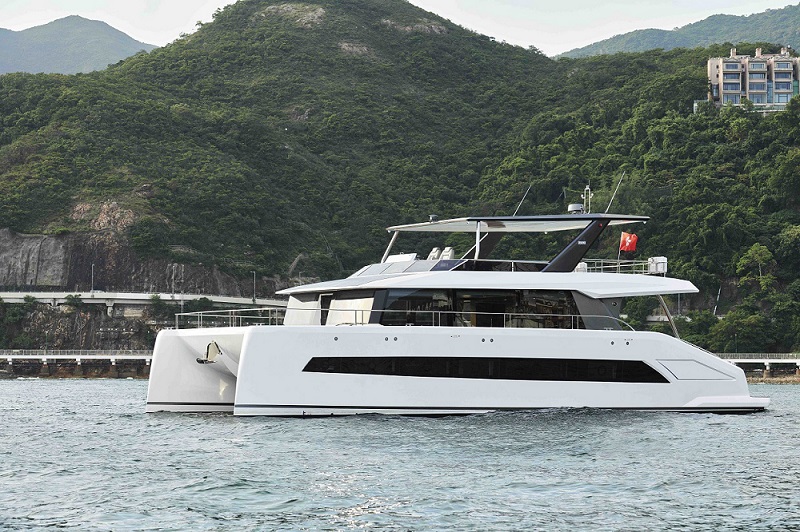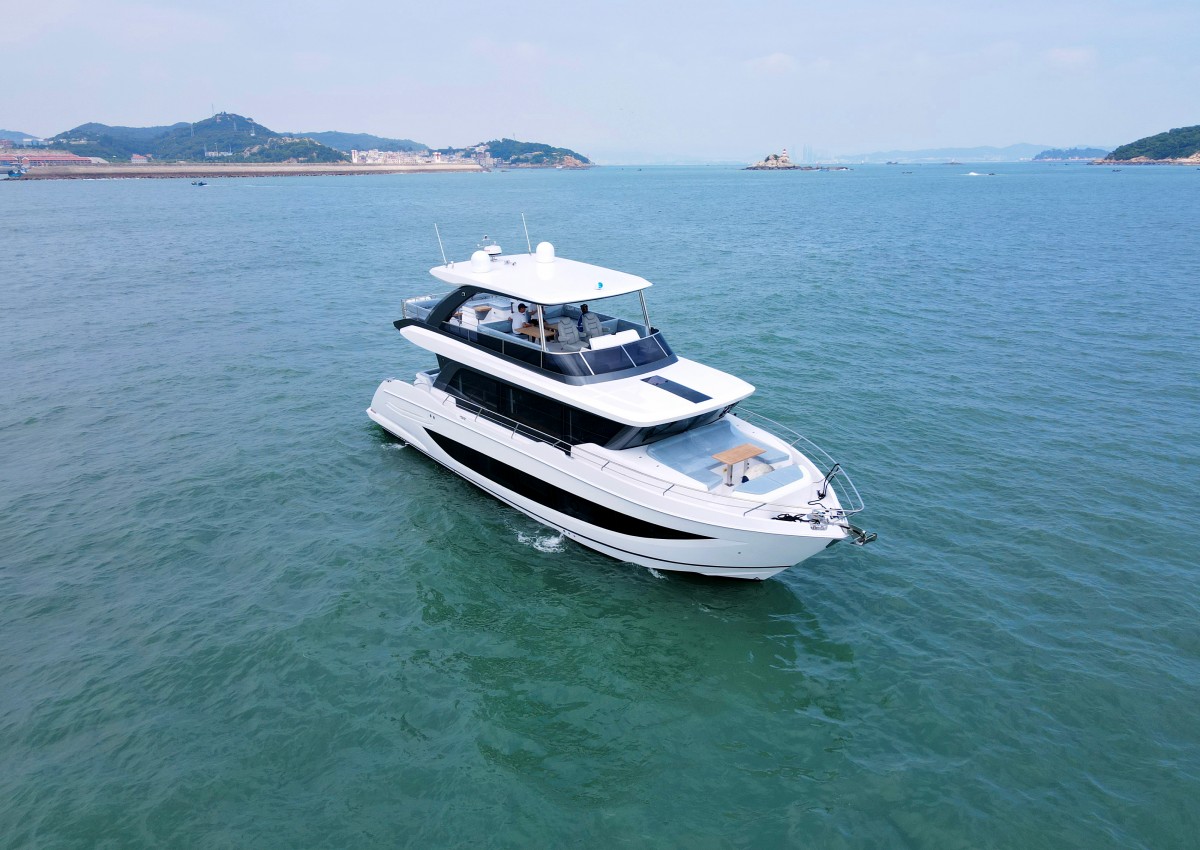Convention on the International Regulations for Preventing Collisions at Sea, 1972 (COLREGs)
Adopted: October 20, 1972
Effective: July 15, 1977
The purpose of these regulations is to ensure maritime safety and update the previous 1960 Collision Regulations. As an internationally recognized maritime navigation code, this convention provides detailed rules for ships regarding steering, navigation, lights, sound signals, and introduces the concept of traffic separation schemes. Below is a summary of its key contents.
Part A: General (Rules 1-3)
Rule 1: Definitions
This rule provides definitions of various terms, such as "vessel," which includes sailboats, powerboats, and fishing vessels, and "restricted visibility," which refers to conditions such as fog, smoke, or heavy rain that impair normal visual distance during navigation.
Rule 2: Responsibility
The master, owner, and crew must strictly follow the rules, ensuring no justification is made for avoiding the basic duty to prevent collisions, even if certain actions are not explicitly covered by these regulations. The responsibility for safe navigation remains even if no direct violation occurs.
Rule 3: Application
These regulations apply to all ships on the high seas and navigable waters connected to the high seas. Coastal states may adopt additional regulations for specific waters, provided these do not conflict with the International Regulations for Preventing Collisions at Sea.
Part B: Steering and Sailing Rules (Rules 4-19)
Section I: Conduct of Vessels in Any Condition of Visibility (Rules 4-10)
Rule 4: Application
This section applies to all vessels under any visibility conditions, whether good or restricted.
Rule 5: Look-out
Every vessel must maintain a proper look-out by sight, hearing, and all available means to fully assess the surrounding situation, vessel movements, and collision risks, ensuring safe navigation.
Rule 6: Safe Speed
Vessels must always travel at a safe speed, ensuring they can take effective action to avoid collisions when needed. Factors to consider include visibility, traffic density, vessel maneuverability, weather conditions, proximity to shallow waters, and radar performance.
Rule 7: Narrow Channels
Vessels navigating in narrow channels should stay as far to the starboard side as possible. Vessels less than 20 meters or sailboats must not impede the safe passage of vessels that can only navigate safely within the channel. Extra care should be taken when crossing or meeting other vessels.
Rule 8: Risk of Collision
Vessels must use all available means, including radar, to assess the risk of collision. If in doubt, it should be assumed that such a risk exists. Special care should be taken not to rely solely on limited radar information.
Rule 9: Action to Avoid Collision
Actions to avoid collisions should be taken decisively and clearly to ensure other vessels understand the intentions. Course and speed changes must be large enough to be easily noticed, avoiding unclear or ambiguous signals.
Rule 10: Traffic Separation Schemes
Vessels navigating in or near a traffic separation scheme must adhere to the following:
Travel in the direction of the traffic flow.
Avoid crossing traffic lanes, but if necessary, cross at the smallest possible angle.
Do not use separation zones for anchoring or other stationary operations.
Section II: Conduct of Vessels in Sight of One Another (Rules 11-18)
Rule 11: Application
This section applies to vessels navigating in clear visibility, where vessels are within sight of one another.
Rule 12: Sailing Vessels
When two sailing vessels approach one another, the vessel with the wind on its port side must give way to the vessel with the wind on its starboard side. If both are on the same tack, the windward vessel must yield.
Rule 13: Overtaking
An overtaking vessel must keep clear of the vessel being overtaken, regardless of their relative courses, until safely past and clear.
Rule 14: Crossing Situation
When two vessels are crossing, the vessel which has the other on its starboard side must give way.
Rule 15: Head-on Situation
When two power-driven vessels meet on reciprocal or nearly reciprocal courses, both vessels should alter course to starboard to avoid a head-on collision.
Rule 16: Action by Give-way Vessel
The give-way vessel must take clear and decisive action to keep clear of the stand-on vessel, ensuring safe passage.
Rule 17: Action by Stand-on Vessel
The stand-on vessel should maintain its course and speed until the give-way vessel takes action. However, if the give-way vessel fails to act, the stand-on vessel must take action to avoid a collision.
Section III: Conduct of Vessels in Restricted Visibility (Rule 19)
Rule 19: Conduct of Vessels in Restricted Visibility
In restricted visibility conditions, vessels must adjust their speed to ensure they can take timely action upon detecting other vessels or obstacles. They must take reasonable actions appropriate to the conditions to avoid collisions.
Part C: Lights and Shapes (Rules 20-31)
Rule 20: Definitions of Lights
This rule defines the types of lights used on vessels, such as masthead lights, side lights, and stern lights, and specifies their respective functions.
Rule 21: Application of Lights
Lights should be displayed from sunset to sunrise, and in conditions of reduced visibility during the day, to ensure vessels can be easily identified by others.
Rule 22: Visibility of Lights
The visibility of lights varies based on the vessel's size and type. The specified distances ensure other vessels can observe and react accordingly.
Part D: Sound and Light Signals (Rules 32-37)
Rule 32: Definitions of Sound Signals
This rule defines sound signals, such as short blasts (about 1 second) and prolonged blasts (4-6 seconds), which are used in different situations to convey specific intentions.
Rule 33: Equipment for Sound Signals
Vessels 12 meters or longer must be equipped with a whistle and a bell, while vessels 100 meters or longer must also carry a gong. These devices must meet specific technical standards to ensure their sound is clearly audible.
Part E: Exemptions (Rule 38)
Rule 38: Exemptions
Vessels that complied with the 1960 Collision Regulations may be temporarily exempt from some lighting and sound signal requirements during the transition to the 1972 regulations. However, full compliance is required after the transition period.
Part F: Verification of Compliance with the Convention
2013 Amendment
A compliance audit mechanism was introduced in 2013. Each contracting state must periodically undergo audits by the International Maritime Organization (IMO) to ensure compliance with the Collision Regulations and related provisions.
Annexes
The 1972 COLREGs contain four technical annexes:
Annex I: Distress Signals
This annex lists internationally recognized sound, visual, and radio signals used to indicate distress, ensuring prompt rescue operations.
Annex II: Additional Signals for Fishing Vessels
Fishing vessels engaged in close-quarter operations must display additional signals to alert other vessels to their activities and prevent collisions.
Annex III: Positioning and Technical Details of Lights and Shapes
This annex specifies the technical standards and positioning for lights and shapes, ensuring they are clearly visible in all navigation conditions.
Annex IV: Technical Details of Sound Signal Appliances
This annex outlines the technical requirements for sound signal appliances to ensure the signals are clearly transmitted within the required range.






 Leave the comment
Leave the comment










